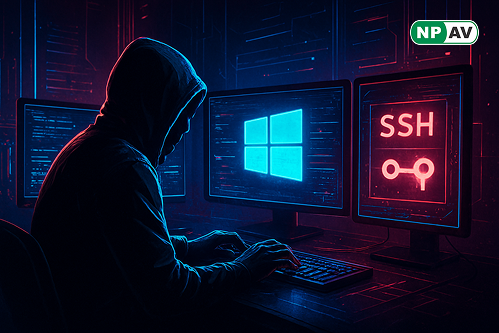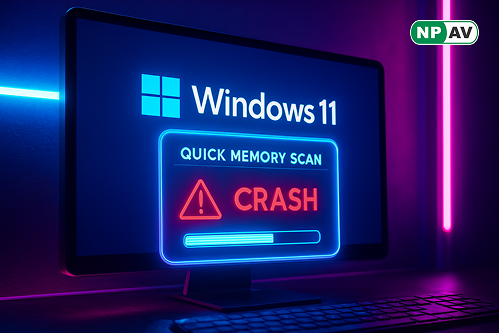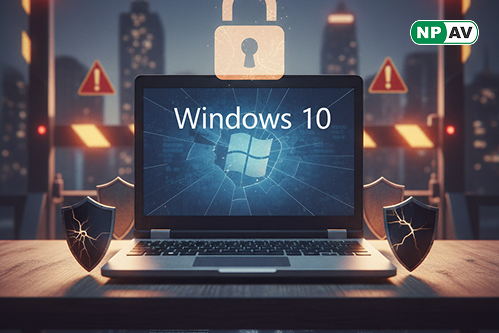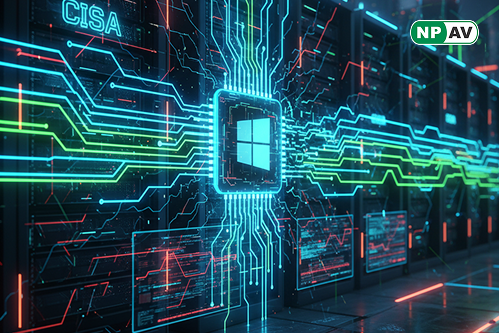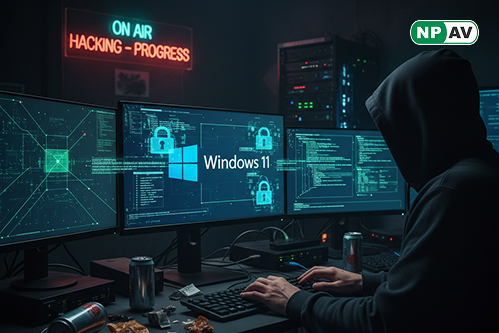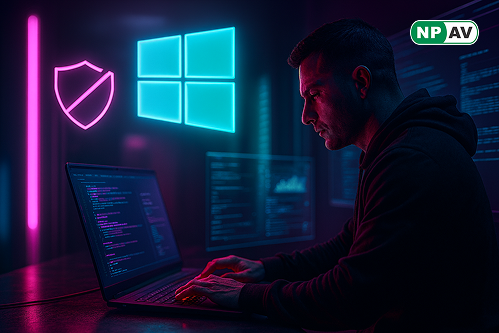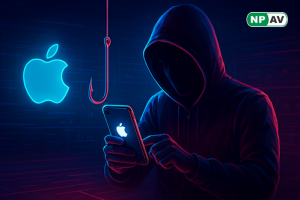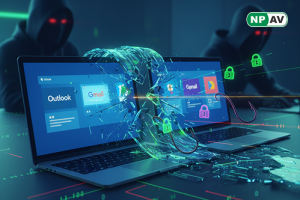Windows
-
Read moreCVE-2025-23358 in NVIDIA App allows code execution—learn about the risk, affected versions, and urgent patching steps.
-
Read moreFIN7 uses SSH backdoor for remote access—learn about the tactics, persistence, and defenses to protect against this advanced threat.
-
Read moreGDI flaws in Windows allow remote code execution—learn about the CVEs, risks, and patches to secure your system from EMF-based attacks.
-
Read moreWindows 11 adds Quick Memory Scan after BSOD—learn how it detects issues, runs on reboot, and boosts system stability for smoother computing.
-
Read moreWith Windows 10 support ending October 14, 2025, users face malware and breach risks—upgrade to Windows 11 or get ESU for patches. Learn quick steps to back up data, use antivirus, and avoid cyber threats post-support.
-
Read moreCISA flags CVE-2021-43226 in Windows CLFS Driver for active exploitation, enabling local attackers to gain SYSTEM privileges via buffer overflows. Impacts Win10/11 & Servers 2016-2022; federal deadline Oct 27—apply updates, monitor Event IDs 4656/4658, and scan for vulnerabilities now.
-
Read moreThreat actors use vulnerable Windows 8.1 WerFaultSecure.exe on patched Windows 11 24H2 to dump unencrypted LSASS memory via PPL bypass, extracting NTLM hashes and passwords for escalation. Zero Salarium details evasion tactics; defenders urged to monitor WER tools and anomalous PPL activity.
-
Read moreMicrosoft's September 2025 Patch Tuesday updates disrupt SMBv1 connectivity over NetBT in Windows 11/10 and Servers (2022/2025), exposing legacy risks like EternalBlue/WannaCry. Learn affected systems, security dangers, PowerShell fixes, and migration tips to SMBv2/3.
-
Read moreZero Salarium's EDR-Freeze proof-of-concept uses Windows' MiniDumpWriteDump to freeze EDR and antivirus software indefinitely, offering a stealthy alternative to BYOVD attacks without third-party drivers or detection risks.
-
Read moreRevengeHotels (TA558) escalates cyberattacks with AI-crafted loaders delivering VenomRAT malware, targeting Windows users via phishing. The malware features stealth, persistence, and encrypted communication.

